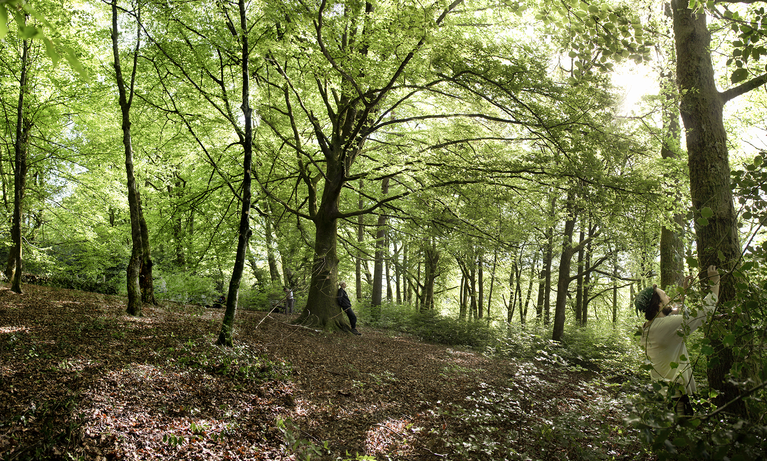Public Art Collection

Reto Pulfer, <i>Antares-Mulde LS (Star-Rise Alignment)</i>, 2017
Œuvre installée sur l’île de Vassivière. Commande du Cnap en dépôt au Ciap.
© Reto Pulfer / Cnap / Photo : Aurélien Mole
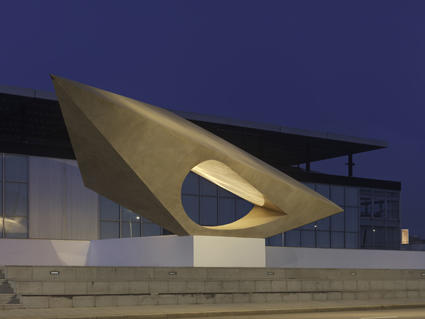
Henri-Georges Adam, <i>Le signal</i>, 1961
FNAC 9032
© D.R./ Cnap / photo : Florian Kleinefenn
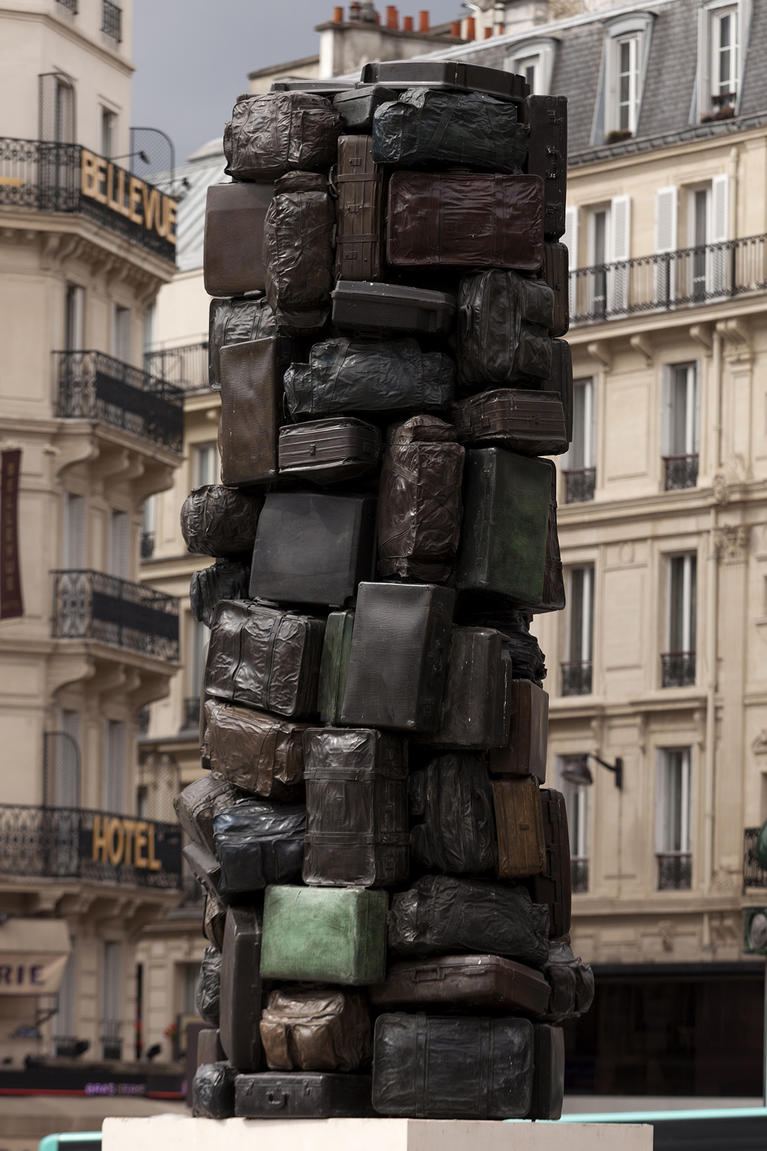
Arman, <i>Consigne à vie</i>, 1985, FNAC 10399
© Adagp, Paris / Cnap / photo : Hugo Miserey
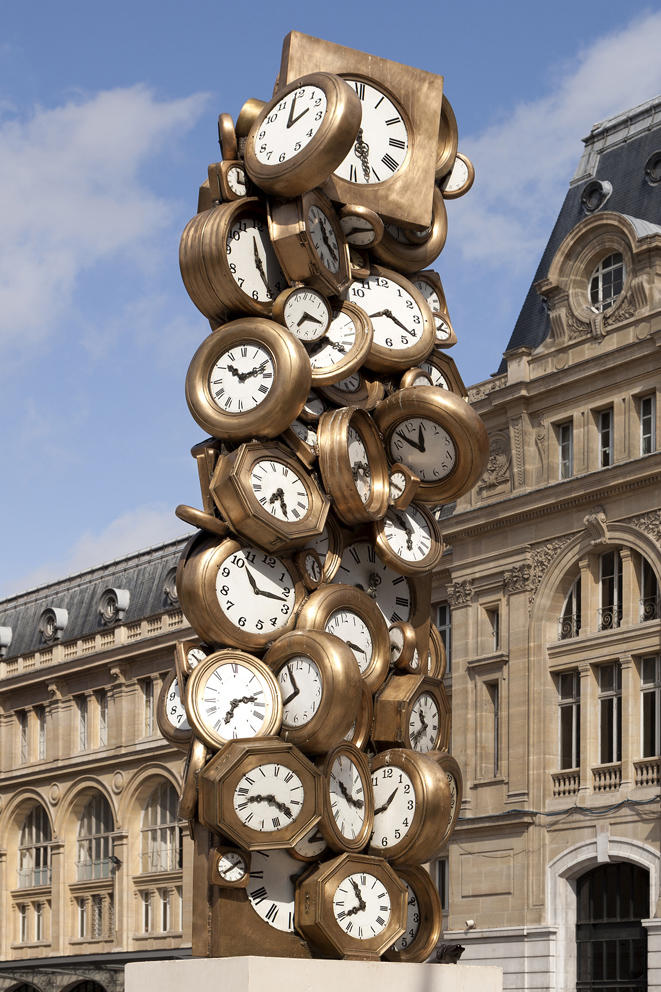
Arman, <i>L'Heure de tous</i>, 1985, FNAC 10400
© Adagp, Paris / Cnap / photo : Hugo Miserey
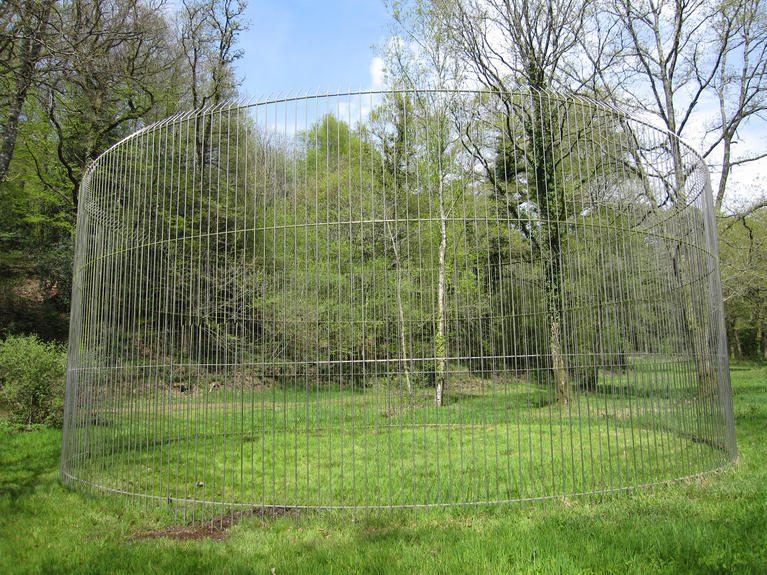
Arman, <i>L'Heure de tous</i>, 1985, FNAC 10400
© Adagp, Paris / Cnap / photo : Hugo Miserey

Louise Bourgeois, <i>Les bienvenus</i>, 1996, FNAC 95588 (1 et 2)
© Louise Bourgeois Trust / Adagp, Paris / Cnap / photo : Rahim Talbi - Ville de Choisy-le-Roi

Alexander Calder, <i>Caliban</i>, 1964
FNAC 9673
© Calder Foundation, New York / Adagp, Paris / Cnap / photo : D.R.

Jean Dubuffet, <i>Le Bel costumé</i>, 1973-1998, FNAC 980562
© Adagp, Paris / Cnap / photo : D.R.
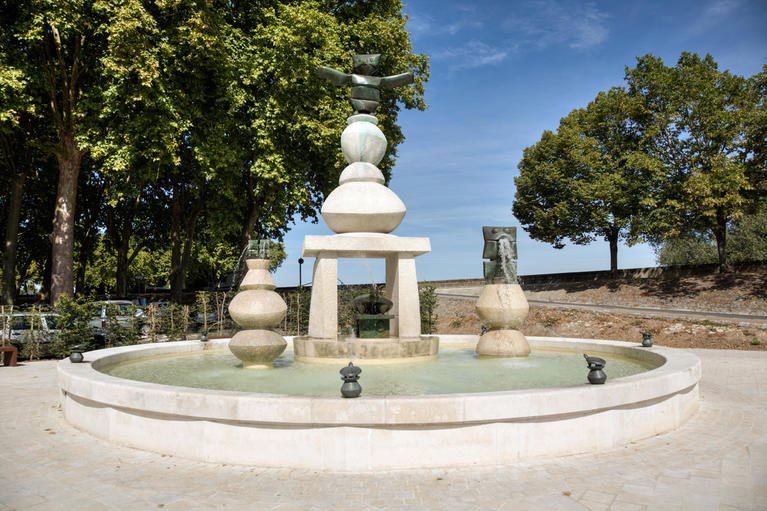
Max Ernst, <i>Aux cracheurs, aux drôles, aux génies</i>, 1944-2014, Amboise
© Adagp, Paris / Cnap / Photo Juan Lozano

Yona Friedman, <i>La Licorne Eiffel</i>, 2009, FNAC 09-604
© Adagp, Paris / Cnap / photo : visuel fourni par l'artiste
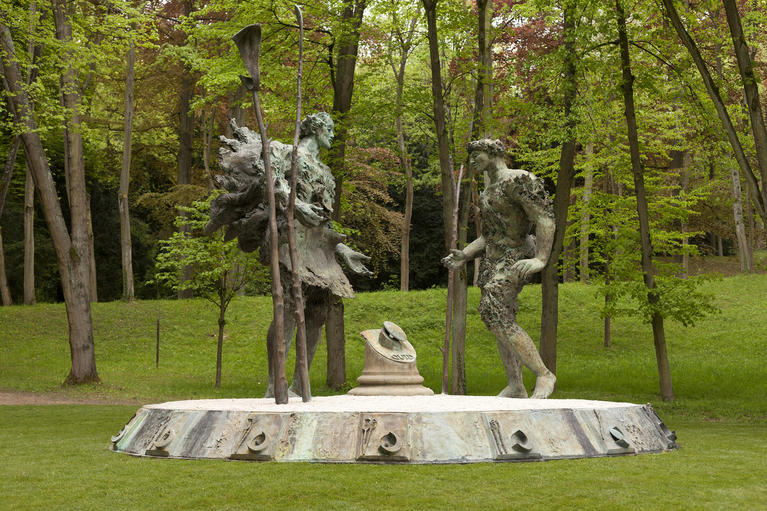
Gérard Garouste, <i>Le Défi du soleil</i>, 1987/2013, FNAC 2011-001
© Adagp, Paris / Cnap / photo : Hugo Miserey
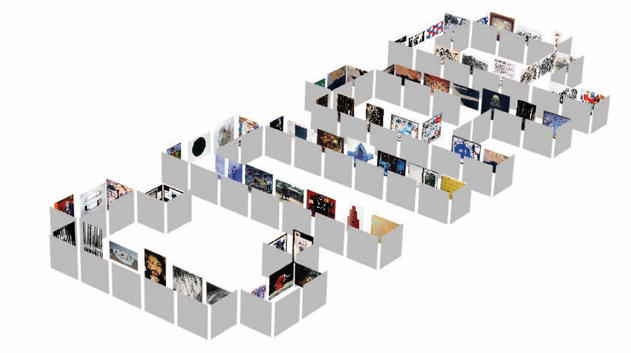
Yona Friedman, <i>La Licorne Eiffel</i>, 2009, FNAC 09-604
© Adagp, Paris / Cnap / photo : visuel fourni par l'artiste

Jenny Holzer, <i>Projections Xenon pour Paris</i>, 2001, FNAC 01-488 (1‡11)
© Jenny Holzer / Adagp, Paris / Cnap / photo : visuel fourni par l'artiste
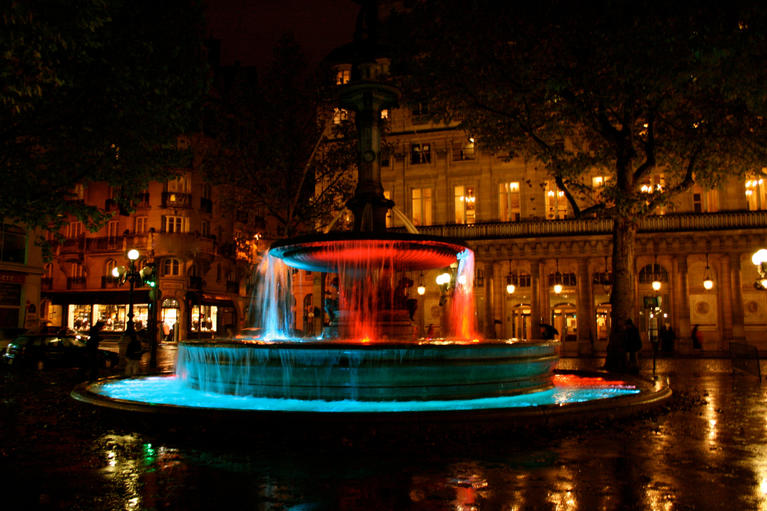
Nathalie Junod-Ponsard, <i>Crépuscule Persistant</i>, 2010. FNAC 10-427
© Adagp, Paris / Cnap / photo : visuel fourni par l'artiste
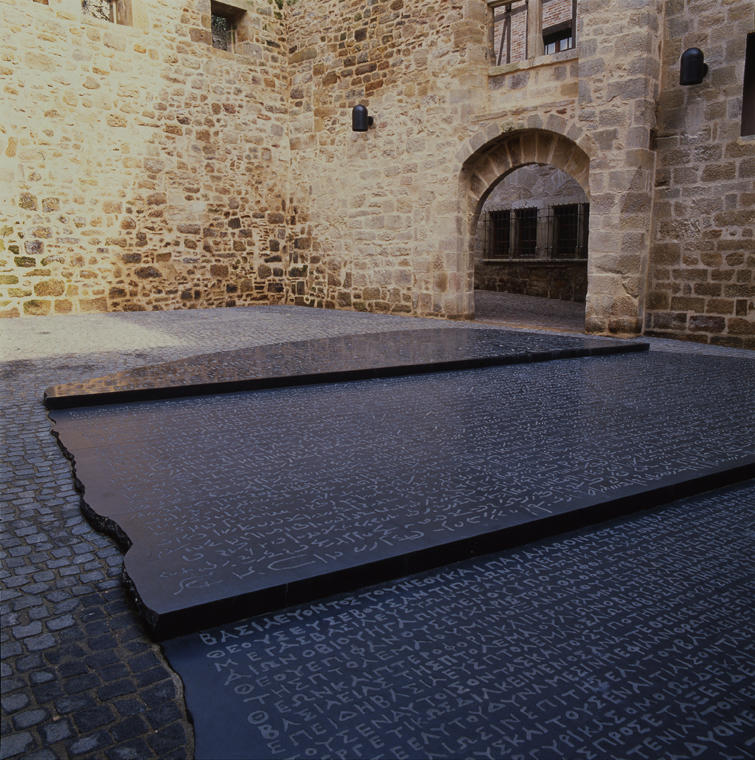
Joseph Kosuth, <i>Ex-libris, J.F. Champollion</i>, 1991, FNAC 91475
© Adagp, Paris / Cnap / photo : D.R.
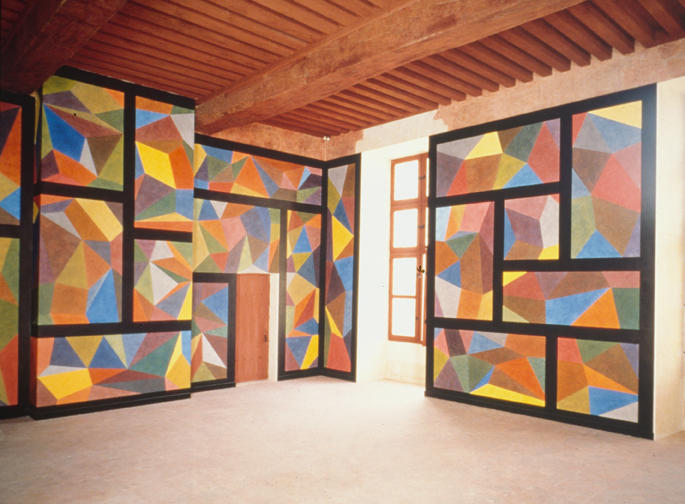
Sol LeWitt, <i>Wall-Drawing N752</i>, 1994
FNAC 94617
© Adagp, Paris / Cnap / photo : Laurent Lecat
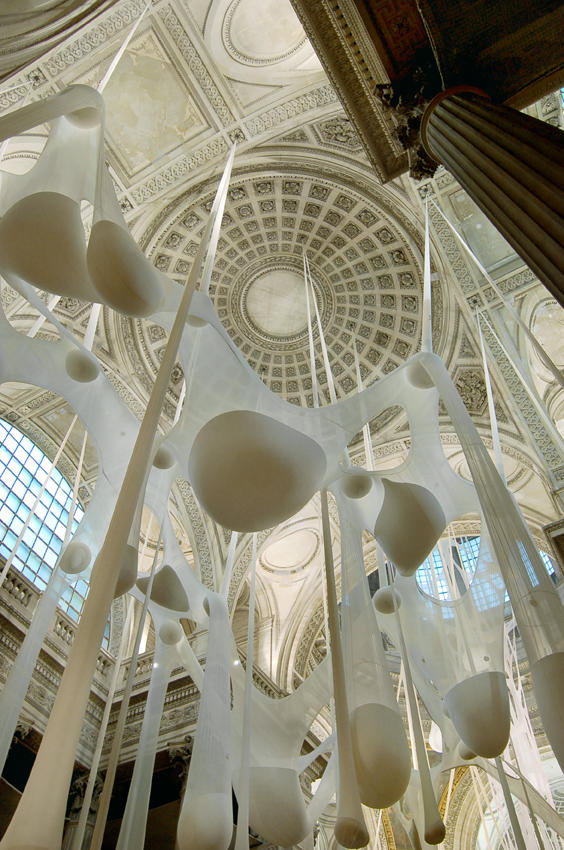
Ernesto Neto, <i>Leviathan-main-toth</i>, 2006-2007, FNAC 07-266
© Ernesto Neto / Cnap / photo : Yves Chenot
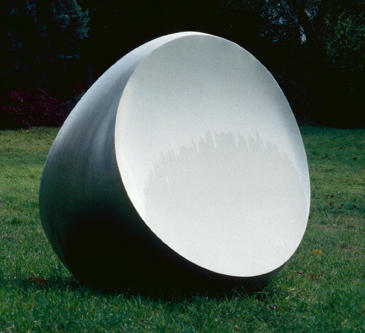
Marta Pan, <i>Sphère coupée 1400-1000</i>, 1991, FNAC 96933
© Marta Pan / Cnap / photo : D.R.
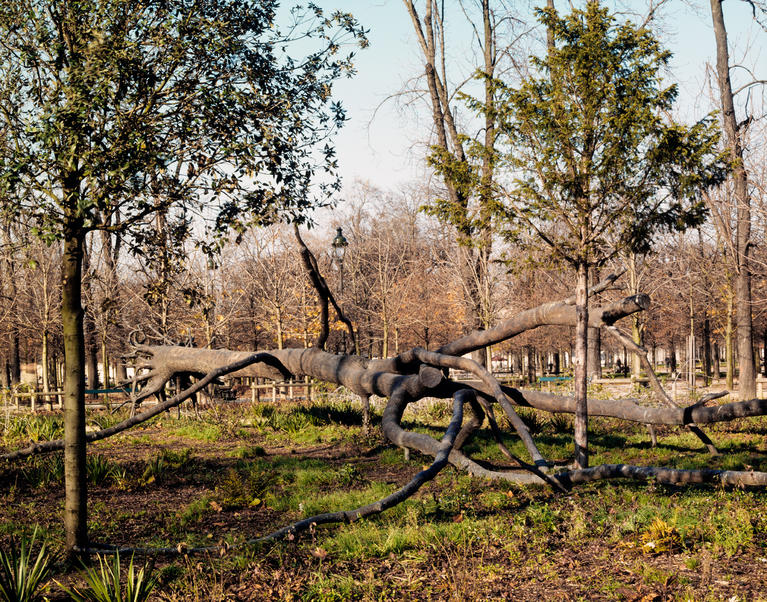
Giuseppe Penone, <i>L'arbre des voyelles</i>, 1999
FNAC 2000-383
© Adagp, Paris / Cnap / photo : Laurent Lecat
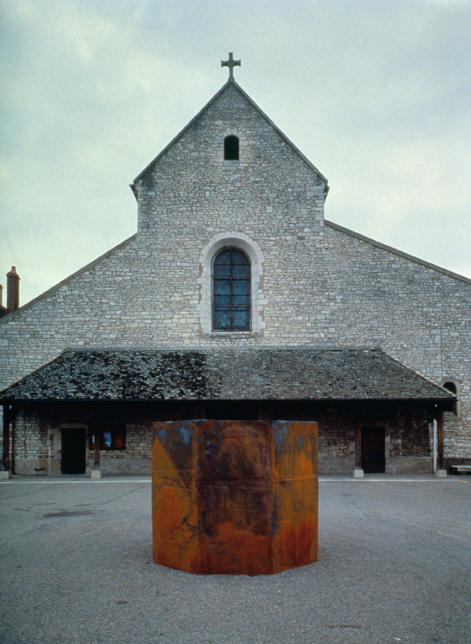
Richard Serra, <i>Octagon for Saint-Éloi</i>, 1991, FNAC 04-480
© Adagp, Paris / Cnap / photo : Jacques Hoepffner

Peter Stampfli, <i>Empreinte de pneu S 155</i>, 1985, FNAC 10402
© Adagp, Paris / Cnap / photo : D.R.

Felice Varini, <i>Quatre points de vue (terrasse n∞4)</i>, 1988
FNAC 06-712
© Adagp, Paris / Cnap / photo : D.R.
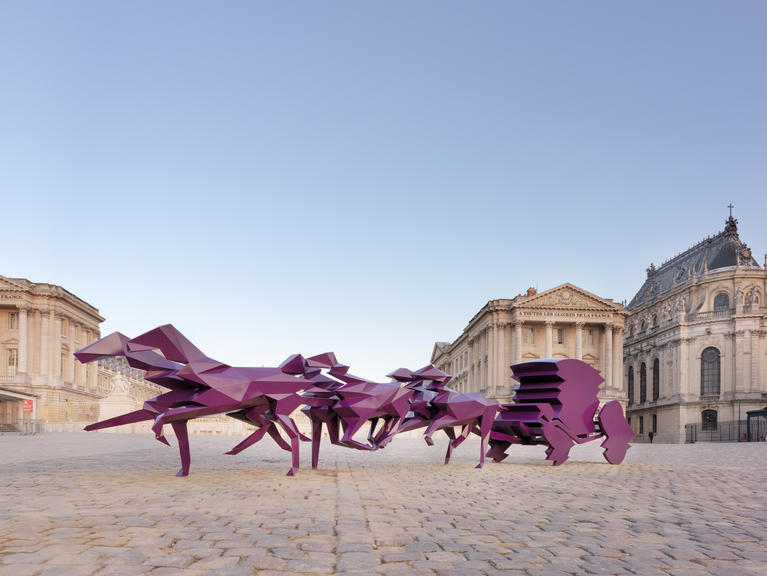
Xavier Veilhan, <i>Le Carrosse</i>, 2009, FNAC 09-497
© Veilhan / Adagp, Paris / Cnap / photo : Florian Kleinefenn
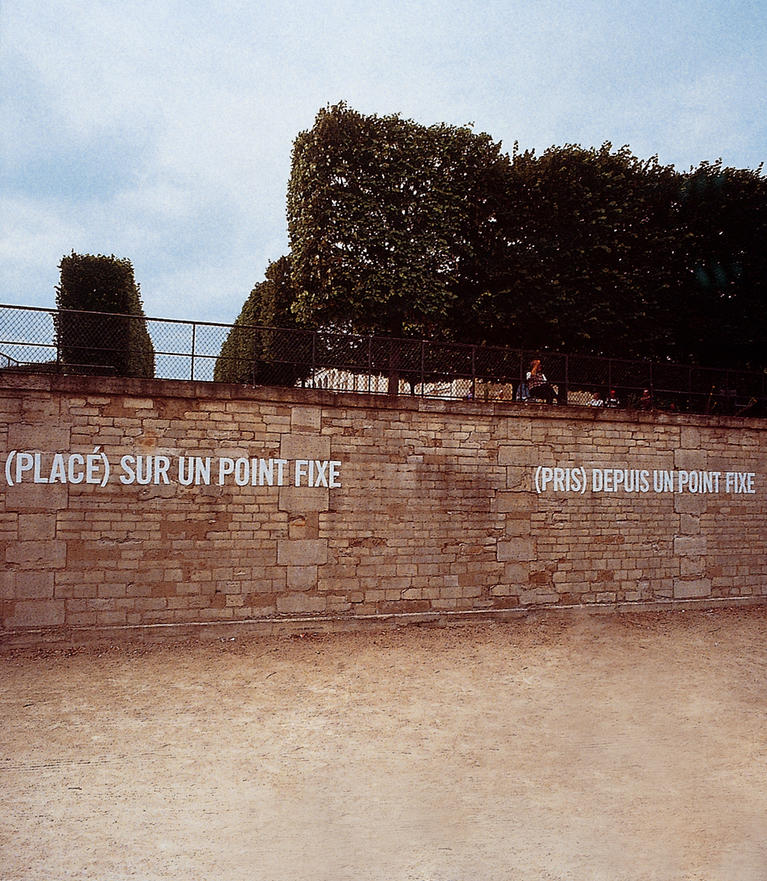
Lawrence Weiner, <i>(PUT) ON A FIXED POINT (TAKEN) FROM A FIXED POINT</i>, 1992/2000
FNAC 2000-6(1)
© Adagp, Paris / Cnap / photo : D.R.
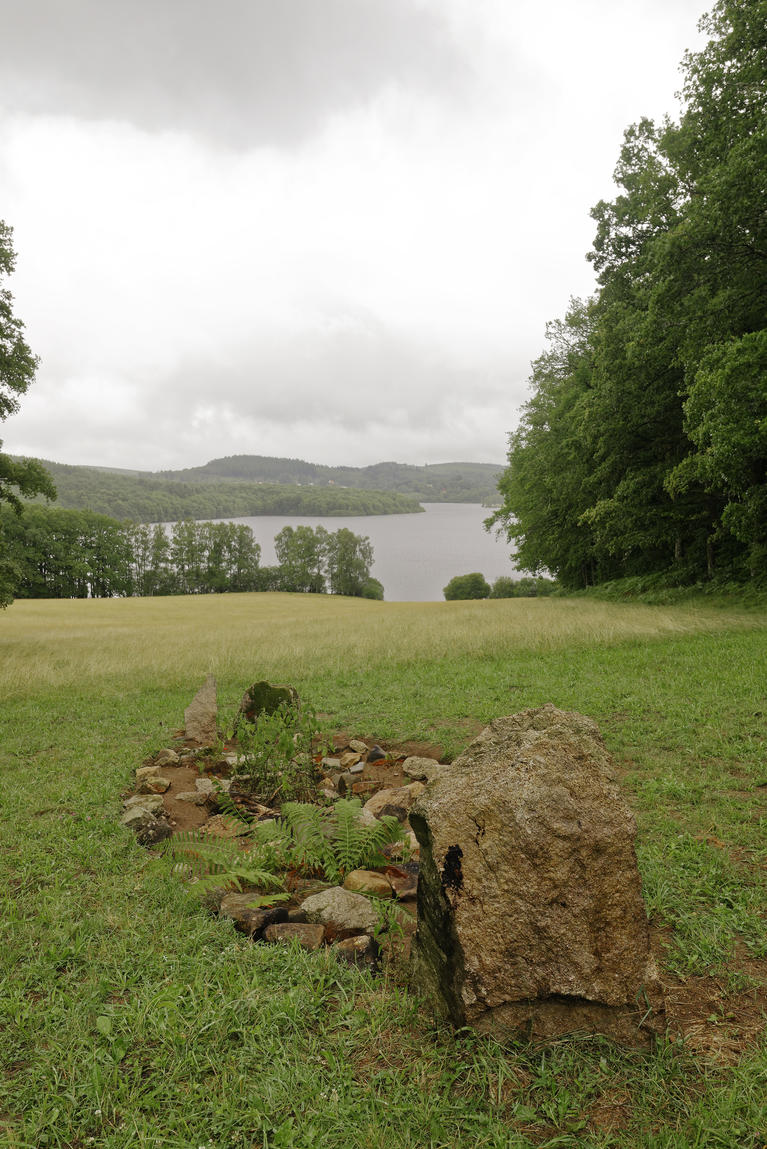
Reto Pulfer, <i>Antares-Mulde LS (Star-Rise Alignment)</i>, 2017
Œuvre installée sur l’île de Vassivière. Commande du Cnap en dépôt au Ciap.
© Reto Pulfer / Cnap / Photo : Aurélien Mole
This section of the collection, covering a period from 1945 to today, is made up of works intended to be presented outside of the places normally devoted to exhibiting works of art, in spaces which are widely open to the public.
_
A COLLECTION ACCESSIBLE TO ALL
Rich in its diversity, the public art collection constitutes a real open air gallery, bringing together over 700 artists and nearly 1,300 works. It enables the largest number possible to access a particularly vast range of the development of artistic creation, from works as varied as the fountain Aux cracheurs, aux drôles, au genie (To fire-eaters, to jokers, to genius) by Max Ernst, The Cyclop by Jean Tinguely, and The Carrosse (Carriage) by Xavier Veilhan.
Although this collection is located in historic monuments (Château d’Oiron, Tour de la Lanterne Tour de La Rochelle), as well as in gardens and sculpture parks (Kerguéhennec Park, Tuileries Gardens in Paris), it is mainly seen right in the heart of urban spaces. Where the will to enhance the urban environment meets a spirit of cultural democratisation, the work of art is then an opportunity for discoveries and debates, to the point where it completely integrates the everyday users of a space where it sometimes plays the role of a marker (Consigne à vie [Left-luggage for Life] and L’Heure de tous [Everybody’s Time], produced by Arman for the forecourt of Paris-Saint-Lazare Station).
_
FROM MONUMENTAL STATUARY TO THE INTERNET, THE EVOLUTION OF THE COLLECTION
From the Liberation to the abolition of the Bureau des Travaux d’Art (Office for Art Works) in 1961, the State pursued a policy of commissioning works that had been begun under the Third Republic, following aesthetically in this tradition. In statuary, the subjects and forms chosen take up the codes of monumental sculpture (commemorative monuments, homages to great men by full-size representations or busts, animal sculpture), whereas the decorative programmes for interiors which go on to adorn town halls, function rooms, schools and churches retain the form of frescoes or painted panels developing allegorical, historical or religious subjects.
At the beginning of the 1960s, within a context of the renewal and development of cultural policies, the collection is fully committed to the path of modernity. At the time when Chagall and Masson saw their career assured by the commissioning of the large ceilings at the Opéra and the Odéon, the State entrusted to Henri-Georges Adam, Calder and Étienne-Martin monumental works destined to serve as ensigns for the earliest cultural centres set up by André Malraux.
From 1983, the Cnap was charged with implementing a policy for the support of public art that was more extensive than had ever been seen before, which was put in place by the Ministry of Culture and Communication. Firmly anchored in contemporary creation, it enabled the roll-out over the whole country of a large collection of works which, in extremely varied forms, marked a major stage in the discovery by the general public of new artistic directions (Arman, Giuseppe Penone, Joseph Kosuth Peter Stämpfli, Louise Bourgois).
As the twenty-first century began, the collection grew larger as it explored new creative processes: formal works or works of variable sizes (the Licorne Eiffel [Eiffel Unicorn] by Yona Friedman, the Jardin suspendu [Hanging Garden] by Mona Hatoum), projections and light works (Projections Xenon pour Paris [Xenon Projections for Paris] by Jenny Holzer, Crépuscule persistant [Persistant Dusk] by Nathalie Junod-Ponsard), right up to the awareness of a new type of public space with the development of online works (the commissioned programme Entrée libre [Free Entry], or more recently CNAPn by Pierre Giner).

